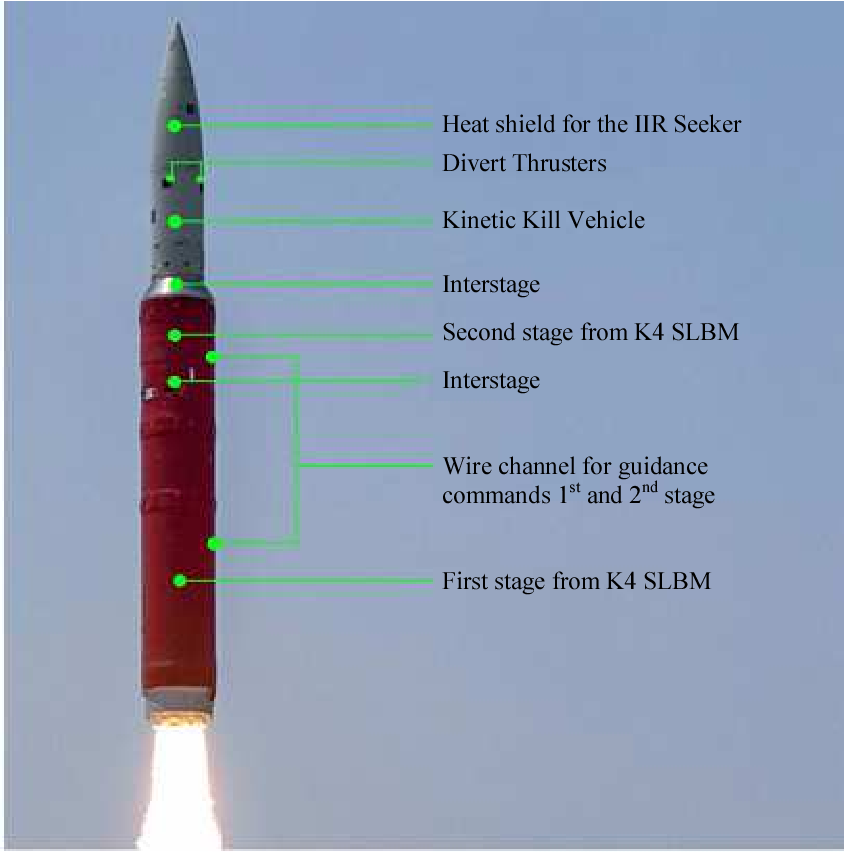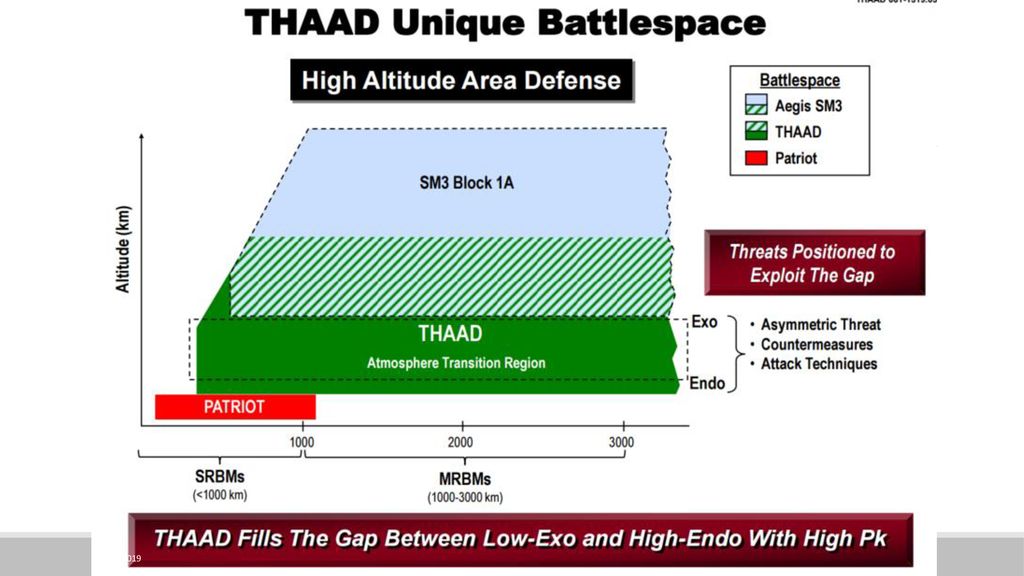AZADPAKISTAN2009
ELITE MEMBER

- Joined
- Sep 8, 2009
- Messages
- 37,662
- Reaction score
- 68
- Country
- Location
Next Surprise will be unveiled at right moment

Follow along with the video below to see how to install our site as a web app on your home screen.
Note: This feature may not be available in some browsers.



And what about Raj Monkey @$$ fake troll expert, when we tested submarine launch cruise missiles in 2017It is written by the same guy who has been lying on twitter since that monkey got internet. All of his contents on his website and youtube is based out of utter desperation. He was also the one claiming to have sources in DRDO, he posted a thread containing a “whatsapp chat” between him and an “official of DRDO” and then in one of his messages the time stamp was found to be wrong then he shamelessly deleted that tweet in thread and then again tweeted the same photo after 16 hours adding a marker on the time stamp. Lol.
His original photo
View attachment 739423
he saw that we exposed his fake chats so instead of deleting the whole fake thread, that cyber mujahid deleted that message and re posted that tweet in thread after putting marker on the timestamp a whole 1 day later.

When one have next door enemy like India who occupy others territory and use terrorism to destabilise other regional states and under rule of Nazi inspire Hindu extremist party then any thing is possible.
No one have thought that air power can be used to win elections and take two nuclear states to near war but Modi Govt. did that.

we dont have ABM system. Is it becuase it is useless? and what cities will be targeted first by India? is there any list? and people in power dont for the survival in case of nuclear war?There is really nothing to reveal - the Indian ABM "threat" was addressed almost 4-5 years ago.
Long story short - Dehli is very much vulnerable to multiple hits as are the Nicobar islands.
If X number of weapon systems are launched - then 98% of the weapon systems will hit regardless of S400's or AADs or PADs or THAADS.
Maximum flight time between possible Indian sites and major Pakistani cities(there are practically 4) is less than 15 minutes - and enough warheads on both sides that probability of killing all is nigh impossible.we dont have ABM system. Is it becuase it is useless? and what cities will be targeted first by India? is there any list? and people in power dont for the survival in case of nuclear war?



 theprint.in
theprint.in

 www.thedefensepost.com
www.thedefensepost.com




Firstly this whole article is bs. Second thing, you guys have no idea what is India's actual BMD system.
After all the BS about their ABM, they ended up buying S400 as their ABM was total crap.Pakistani ballistic missile arsenal (and cruise missile arsenal) are impressive with sufficient diversity and numbers to penetrate Indian defenses in the present (and foreseeable future).
1. Indian BMD experiments are lacking in transparency.
"Other countries are considerably less transparent about their test data. India has carried out at least 14 intercept tests aimed at either rockets or satellites. In five of these intercepts, it was unclear from available public information what the target was, beyond some sort of stand-in for a hostile missile. Most surprising of all is India’s assertion that only one of these 14 tests, the country’s first attempt at intercepting a satellite in March, was unsuccessful. By comparison, many of the early U.S. system tests were publicly reported as failures (such as the aforementioned first six THAAD tests). The single observed failure with India is also interesting in that India attempted to conceal it as a mere flight test instead of an intercept test. [7] That we do not observe a significant number of early failures with India’s systems suggests there may be quite a few earlier developmental tests which are not publicly acknowledged or known."

The Global Missile Defense Race: Strong Test Records and Poor Operational Performance
At least 26 countries possess, or are pursuing, missile defense systems despite their questionable combat efficacy. (CNS)www.nti.org
2. Indian BMD network is not operational in the present.

India’s ballistic missile shield ready, IAF & DRDO to seek govt nod to protect Delhi
BMD programme envisaged for Delhi. This, along with the Russian S-400 Triumf air defence system, aims to secure India from all kinds of incoming missiles.theprint.in
Indians are looking forward to protect DELHI in the near future, and a BMD network for this city will be operational by the end of 2023.
Indians have deployed sophisticated BMD tracking systems in province of Rajasthan near Pakistan. These are within reach of PAF just in case.
Indian BMD tests are isolated live-fire events with lack of integration between AAD and PAD interceptor types thus far (Dr. Rajeswari Pillai Rajagopalan).
Credible BMD capability is very expensive (and challenging) to develop and deploy in substantial numbers.
- - - - -
Indians have developed and tested following BMD-capable interceptors by now.
Indian AAD interceptor = reliable*
One-stage rocket (solid-fueled)
Endo- atmospheric Terminal phase (15 KM - 25 KM)

India's Advanced Air Defence missile destroys target ballistic missile in test
India's indigenously developed Advanced Air Defence missile system successfully intercepted a target ballistic missilewww.thedefensepost.com

India’s Advanced Air Defense Interceptor Shoots Down Ballistic Missile Target in Test
In a first, the AAD interceptor successfully sought out and destroyed its target amid multiple electronically simulated dummy warheads used as decoys.thediplomat.com
*This interceptor type provide limited intercept possibilites against SRBM-class targets and MRBM-class targets in the MACH (3 - 8) velocity bracket and Terminal phase of flight.
- - -
Indian Akash interceptor = unreliable
One-stage rocket (solid-fueled)
Endo- atmospheric Terminal phase (15 KM - 25 KM)
NOTE: India tested a new variant of Akash interceptor (Akash NG) in 2021 but did not provide evidence of its reportedly successful intercept. Relevant footage are rather jingoism pieces.
- - -
Indian PAD interceptor (Pradyumna) = unreliable
Two-stage rocket (2nd stage is liquid-fueled*)
Exo- atmospheric Terminal phase (50 KM - 80 KM)
*This is a shortcoming:
"As liquid rocket fuel corrodes fuel tanks when stored for long time, the PAD could not be on standby 24/7. Instead, it would need to be gassed up during a period of crisis in anticipation of trouble. This is less than ideal for a weapon intended to defend against an attack which might come at any moment." - Dr. Zafar Nawaz Jaspal
NOTE: Pradyumna to be replaced with more capable PDV interceptor for PAD.
Indian PAD interceptors including PDV are not reliable for BMD engagements above 80 KM altitudes (Dr. Rajeswari Pillai Rajagopalan).
- - -
Indian PDV MK-II interceptor (significantly improved PDV) = insufficient testing
3-stage rocket (solid-fueled)
Exo- atmospheric Midcourse phase (LEO ASAT capability demonstrated in a test in 2019)

Details in following publication:
- - - - -
Following statements in (thread) article are corrected nevertheless.
"While most BMD systems are ground-based, the Americans have developed the Aegis Defense System which is a ship-based missile defense system and is a mid-course interceptor for medium range missiles, although the ship must be in the right azimuth, range and location."
Correction: AEGIS can develop Fire Solution(s) for ICBM class target(s) as well and intercept(s) can be achieved with SM-3 Block IIA interceptor type.
"But, even the best interception missiles available today in the world have only a 52% chance of interception. The American NORAD command therefore advises firing 3-4 interceptors for every ballistic warhead heading its way. Even still, the effectiveness of these systems is debatable even after the US has spent over half a trillion dollars and 40+ years trying."
Correction: Bush administration approved deployment of the Ground-Based Midcourse Defense (GMD) network in homeland with experimental technologies aimed to provide intercept possibilities against ICBM-class targets in 2004. These technologies are being transformed into capable tools with incremental updates in low-risk operational conditions. These technologies approached desired performance levels in 2014, and subsequent tests were successful. This is why target intercept statistics of GMD are skewed.
GMD network components are under development in fact.
Boeing: GMD team installs silos, vaults in Fort Greely, Alaska
Strike while it’s hot: GMD team installs 17 silos, vaults in Fort Greely, Alaska in 2020.www.boeing.com
https://insidedefense.com/daily-new...t-lrdr-configuration-2-support-space-missions

Contracts Awarded for Next Generation Interceptor Program
The Defense Department awarded two contracts to Northrop Grumman Systems Corp. and Lockheed Martin Corp. in support of the Next Generation Interceptor program.www.defense.gov
NORAD does not specify salvo requirements. Two-shot salvo might be sufficient for some ICBM-class targets, but others might necessitate a larger salvo to counter each.
- - -
BMD intercept possibilities are shaped by interceptor types* and operational capacity of networks in use (battery configurations + quality of radar systems + cues from other assets); some networks might be much better developed than the others.
*Different types of interceptors are designed to defeat different types of ballistic missiles. For example, THAAD is far more capable than Patriot against MRBM-class targets.

LINK: https://slideplayer.com/slide/17019425/
"Flight Experiment THAAD-01 (FET-01; formerly FTT-15), a developmental test, tested against a complex medium-range ballistic missile (MRBM) re-entry vehicle (RV) at a low endo-atmospheric altitude. This test used the same hardware and software configurations as in FTT-18."
US is attempting to integrate THAAD and Patriot to create robust theater BMD network(s) nevertheless.
"Both these Indian BMD systems employ hit-to-kill interception would have less than 30 seconds (less than 18 in case of the Ashwin) to track and fire at tens of Pakistani decoys and warheads travelling at Mach 20+ speeds."
Correction: Ballistic missile PENAIDS work in exo- atmospheric conditions to complicate Midcourse phase intercept possibilities; they are useless in Terminal phase endo- atmospheric conditions due to forces of friction. Indian PAD is unreliable anyways (see above).
MRBMs and IRBMs exceeding MACH 20 ???
(a) Peak velocity of any ballistic missile will vary according to following considerations:
1. Number of propellants
2. Specifications of each propellant
3. Gross mass of payload
4. Trajectory
LGM-30 Minuteman III ICBM for reference:
Stage 1 - Thiokol (M-55E1) Solid-fueled
Thrust Vac = 935 kN
Burn time = 60 sec
Stage 2 - Aerojet-General (SR-19-AJ-1) Solid-fueled
Thrust Vac = 268 kN
Burn time = 66 sec
Stage 3 - Aerojet-General (SR-73-AJ-1) Solid-fueled
Thrust Vac = 156 kN
Burn time = 61 sec
Stage PBS - Rocketdyne RS-14 liquid-fueled
Thurst Vac = 1.4 kN
This ICBM can attain peak velocity in the MACH (23 - 24) bracket.
Peak velocity in the MACH (10 - 11) bracket is realistic for advanced MRBMs*
Peak velocity in the MACH (13 - 15) bracket is realistic for advanced IRBMs*
*Faster designs might be possible for either class subject to conditions (a) but MACH 20+ is unrealistic.
"This system is present with Pakistan in the form of the Ababeel MIRV nuclear missile (MIRV Ababeel bus consists of three standard warheads of 500 kg each or 5 warheads of 300 kg or 8 maximum warheads weighing 185 kg) making Pakistan the only country in South Asia to have this capability."
Correction: Ababeel MRBM was tested in 2017 but nothing afterwards. Let us see.
